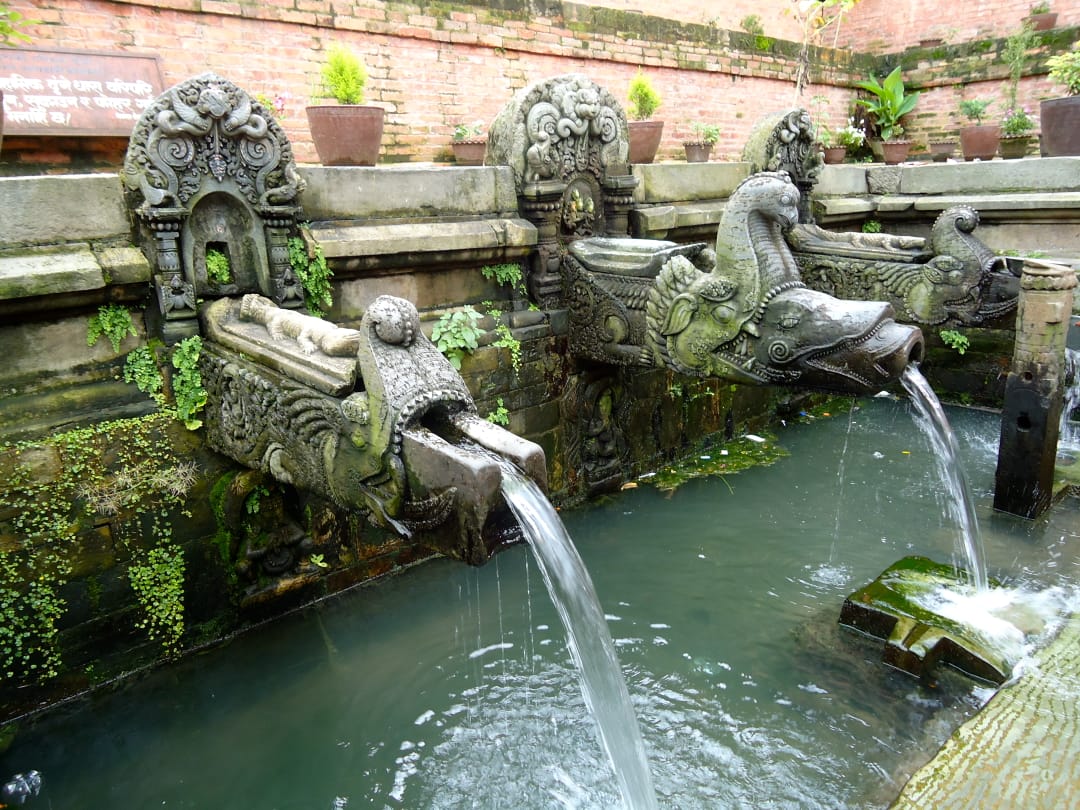Water security is one of the most pressing global issues. From water shortages being faced by roughly half of the world’s population, to increased vulnerability from flooding in poorer countries, to even basic water unaffordability, the world is facing severe water security risks.
The efforts to address water security can be broadly categorized into two baskets—built-up solutions and nature-based solutions (NbS). Built-up solutions include, for example, efficient sewerage networks across the city to drain flood water, while NbS are actions involving protection, restoration and promotion of ecosystem that are implemented in close partnership with the local community, which work to enhance environmental as well as human well-being.
The NbS concept is expected to be able to provide 37% of climate mitigation until 2030, and is thus gaining traction in the USA, Australia and most notably in China in the form of “sponge cities”. The sponge city concept is similar to how the pores of a sponge soak up water. It is based upon the ancient farming and water management wisdom of China that uses the natural landscape to retain water at its source, slow it down and clean it throughout the process to tackle urban flooding.
Now, this should ring a bell to look into our own backyard, and by this I mean the ancient water management system of Kathmandu Valley, i.e. the Hiti system. The Hiti system, most commonly known as the dhunge-dhara, is certainly much more than dhunge (stone)-dhara (spout). The system is based upon a deep understanding of local geology, whereby the local aquifer regions (natural ground water storage) are protected by associating religious meanings to these sites. Then water from such aquifers is tapped using technologies that seem quite advanced by even present day standards, and brought to the stone spouts (dhunge-dhara). The dhunge-dhara and its surrounding complex is in itself a religious site, with carved idols, temples and chaityas, and as such, people use the water with utmost respect, starting from daily prayers to domestic chores. The water that remains is then discharged into the field and rivers.
Also, an important component of the Hiti system are the state canals (Raj Kulo), which serve the dual purpose of irrigation and supplementing water supply to the aquifers. Water from the rivers is transported through the state canals and the canals are connected to a series of ponds. These ponds then act as recharge bodies to the aquifers and also work to check urban flooding by storing flash flood water. In this way, each part of the system supplements the other and the beauty of the system is that it relies solely on the local watershed, which is crucial in terms of sustainability and environmental justice.
However, along with the design, what’s equally interesting is the connection between the Hiti system and the people which defines the “Water Heritage” of Kathmandu Valley. A fine example of this would be the Rato Machchhindranath Jatra of Patan, Lalitpur, which is one of the grandest chariot processions in the Valley. For the jatra to even begin, it is believed that all the strategic ponds have to be filled, and as the jatra takes place in the dry months, it means people must come together to clean the state canals leading to the ponds, before the monsoon. Further, the route to the procession is marked through important Hiti sites.
However, in spite of such rich design and culture, the present state of Hiti is quite distressing to say the least. It is unfair that while the world is moving toward nature-based solutions, we are simply disregarding our indigenous systems that have stood the test of time. This must change and it is high time we doubled down our efforts to protect, build and regenerate our Hiti system and bring it as the Nepali version of nature-based solution to the world.

